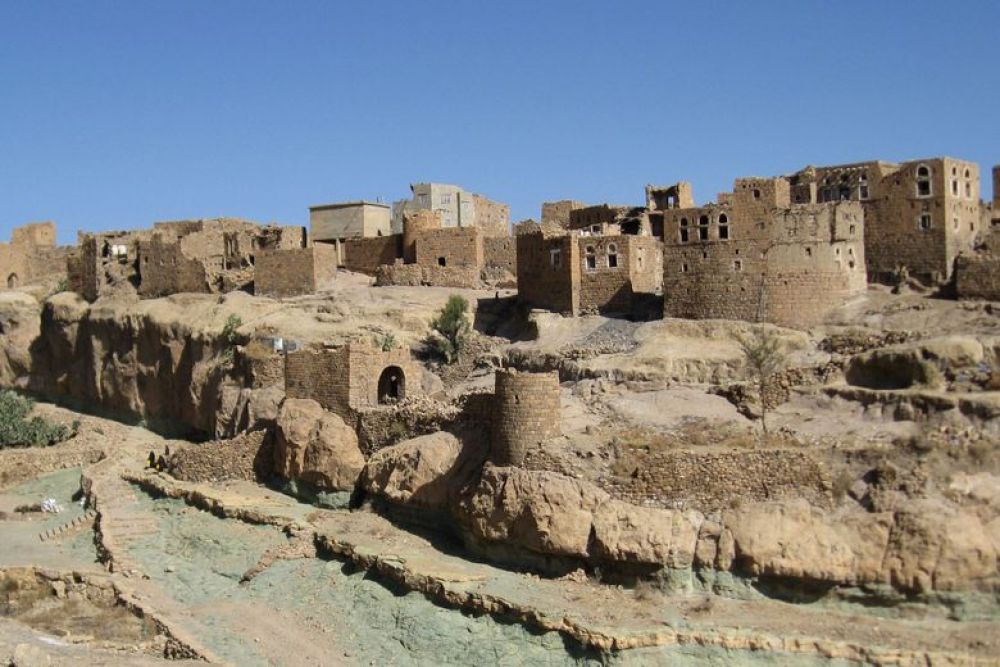

Bayt Baws Village is an ancient village located near Sana'a, the capital city of Yemen. With its historic significance and unique architecture, it has been a site of interest for both local and international tourists for years.
The history of Bayt Baws can be traced back to the Himyarite Kingdom which ruled Yemen from about 110 BC to 520 AD. Its stone-built structures and terraces on steep cliffs present an impressive testament to the remarkable skills of the indigenous people and their ability to adapt to the mountainous topography.
Throughout the 20th century, tourism in Bayt Baws was relatively limited due to its remote location and lack of infrastructure. However, the village gained more attention in the 1970s when Yemen started to open up for tourists. The distinctive red bricks and geometric patterns of the buildings, along with the village's historical stories and legends, started drawing in more visitors.
Political instability and conflicts, especially since 2011, have significantly impacted the tourism sector in Yemen, including Bayt Baws. Many countries have issued travel warnings, severely limiting the flow of international tourists to the region.
As of the latest updates, the tourism industry in Bayt Baws and Yemen is facing challenges due to ongoing tensions and lack of infrastructure. Nonetheless, the village remains an important cultural and historical site for those interested in the heritage of Yemen.
In recent years, there has been an emerging focus on preserving and promoting Yemen's cultural heritage and sustainable tourism. This includes small-scale, community-based tours that emphasize responsible tourism and aim to benefit local communities.
Bayt Baws Village holds a unique place in Yemen's cultural landscape. As the region strives for stability, there is potential for tourism to play a key role in preserving this ancient village and supporting local communities.